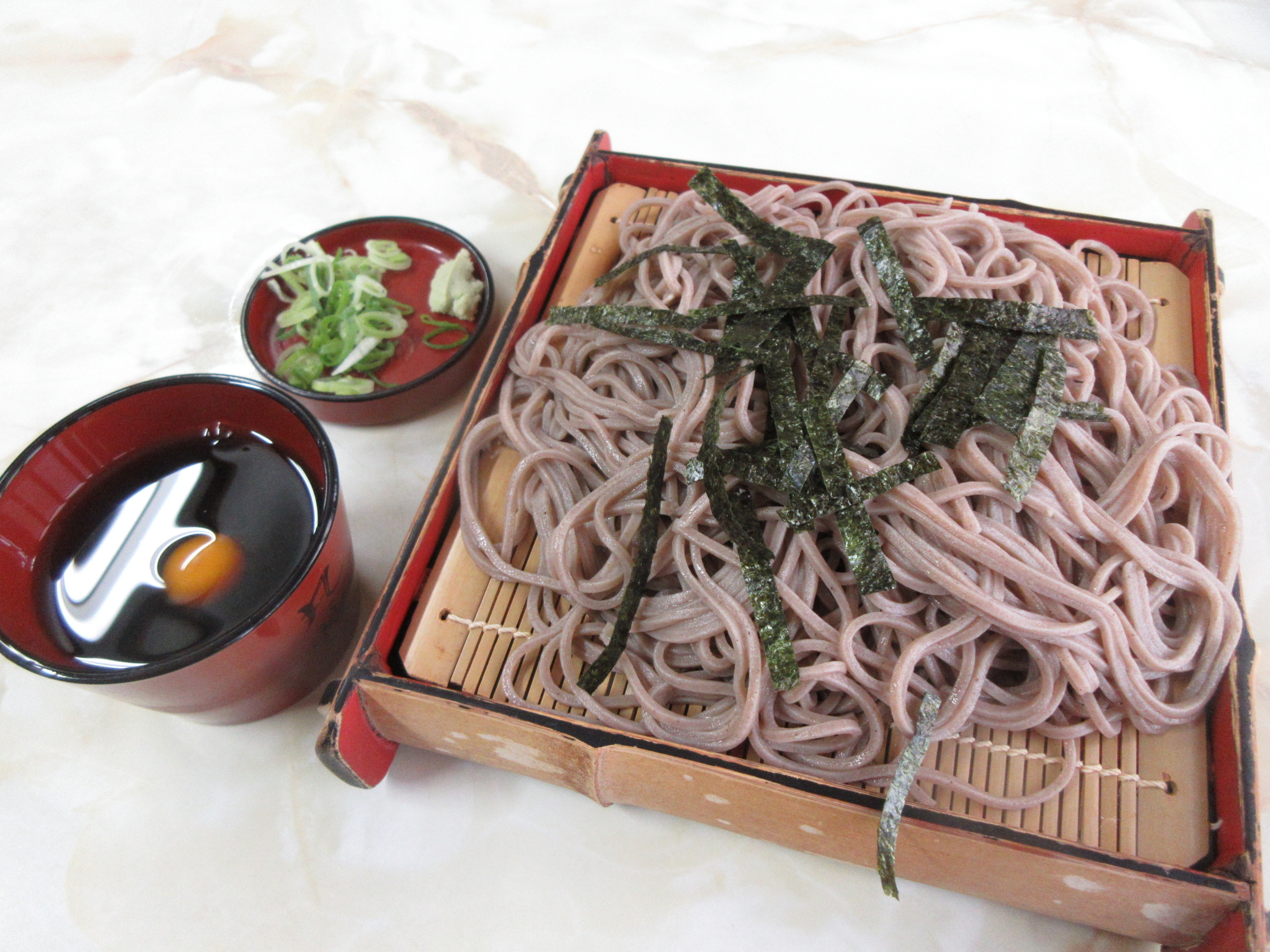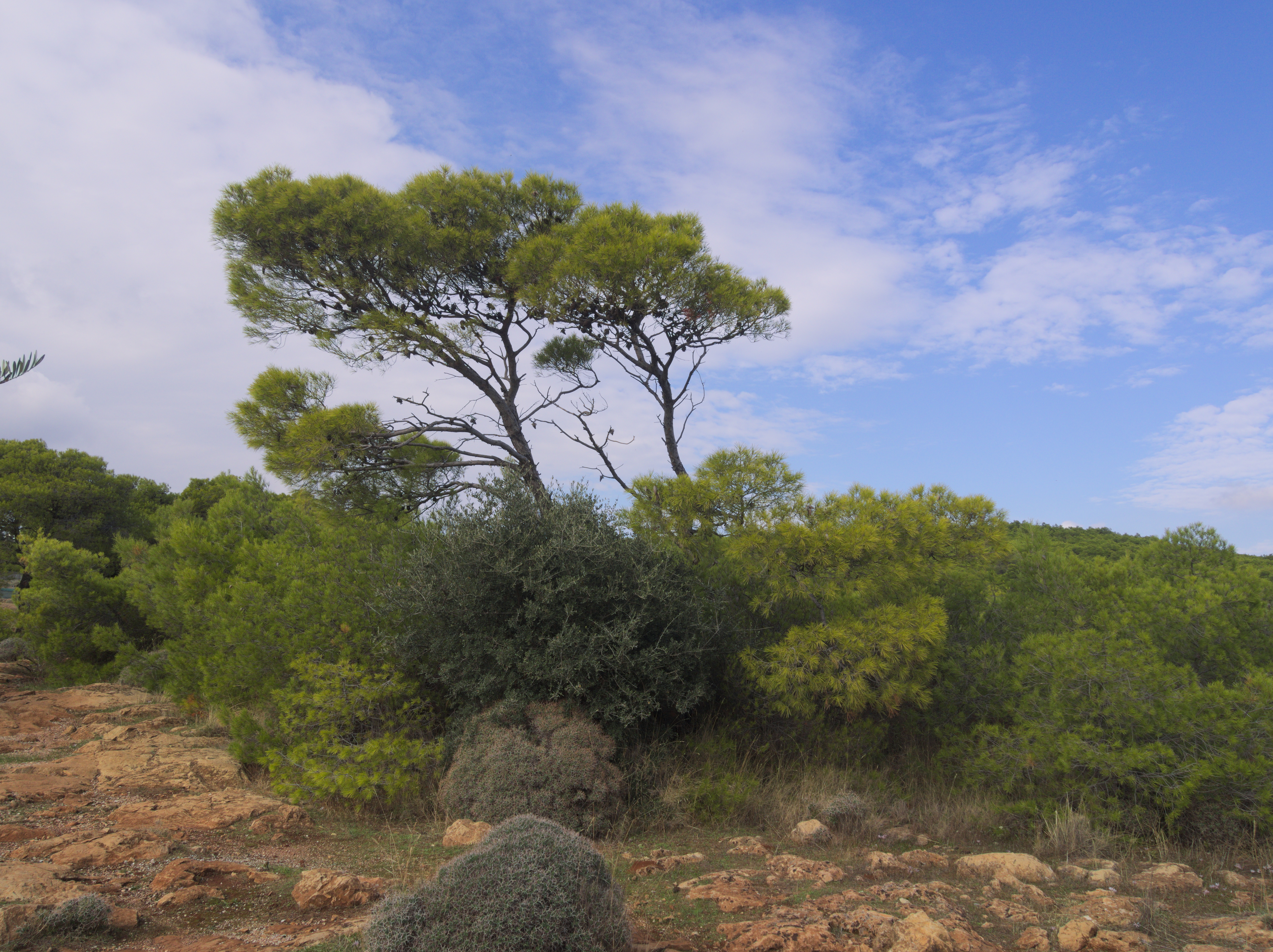When the summer heat in Japan grows humid and heavy, appetites wane – but one dish returns to the table with unwavering popularity: zaru soba.
Light, clean and served refreshingly cold, these buckwheat noodles offer not just nourishment, but relief. Slippery and nutty, dipped into a chilled savoury sauce and eaten with a satisfying slurp, zaru soba is a dish that feels like air-conditioning for the soul.
The heart of the dish is soba – thin noodles made from buckwheat flour, a grain that’s been cultivated in Japan for over 1,000 years. Buckwheat thrives in the cooler, mountainous regions of the country, and its slightly earthy flavour and high nutritional value have long made it a staple of Japanese cuisine. Rich in fibre and protein, soba is lighter than wheat-based pasta and, when served cold, perfectly suited to long, sweltering afternoons.
Zaru refers to the traditional bamboo tray on which the noodles are served. After being boiled, rinsed and cooled in ice water, the noodles are placed on the tray – usually on a slatted mat that allows excess water to drain – and garnished with a sprinkling of shredded nori (dried seaweed). Alongside it comes a small cup of mentsuyu – a dipping sauce made from soy sauce, mirin and dashi, chilled and sharp, sometimes with a hint of sweetness.
The ritual of eating zarusoba is as much a part of the dish as the ingredients themselves. Diners dip each mouthful of noodles into the sauce, often adding finely chopped spring onion, wasabi or grated daikon to taste. The act of slurping – considered polite and even encouraged in Japan – helps to aerate the noodles and enhance the flavour. It’s a dish that’s eaten quickly and enjoyed slowly – the kind of meal that revives rather than weighs down.
Historically, cold soba has been eaten in Japan for centuries, especially during the obon season in mid-August, when temperatures are at their highest. It’s a dish of simplicity and balance that reflects Japanese aesthetics of minimalism and seasonality. Even the visual presentation is cooling: pale brown noodles, white porcelain bowls, green garnishes, and the pale wood of the zaru itself.
In recent years, zaru soba has gained international attention – a healthy, gluten-friendly (when made with 100% buckwheat) alternative to heavier noodles. In Cyprus, where the hottest months can rival Japan’s humid summers, zaru soba offers a welcome addition to the warm-weather table. With soba noodles now available in many supermarkets, and dipping sauce easily assembled from soy sauce, vinegar and dashi stock, the dish is both accessible and adaptable.
Zaru soba offers a quiet, refreshing moment in the middle of a hot day. Whether eaten under the shade of a maple tree in Kyoto or at a breezy table in Nicosia, it brings with it a sense of calm – a reminder that simplicity, when done right, can be the most satisfying flavour of all.







Click here to change your cookie preferences